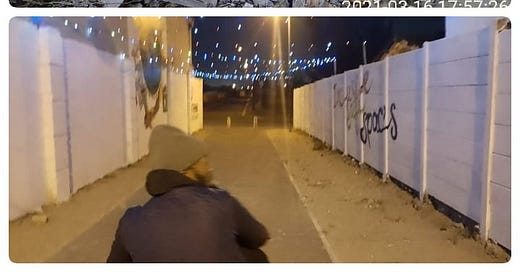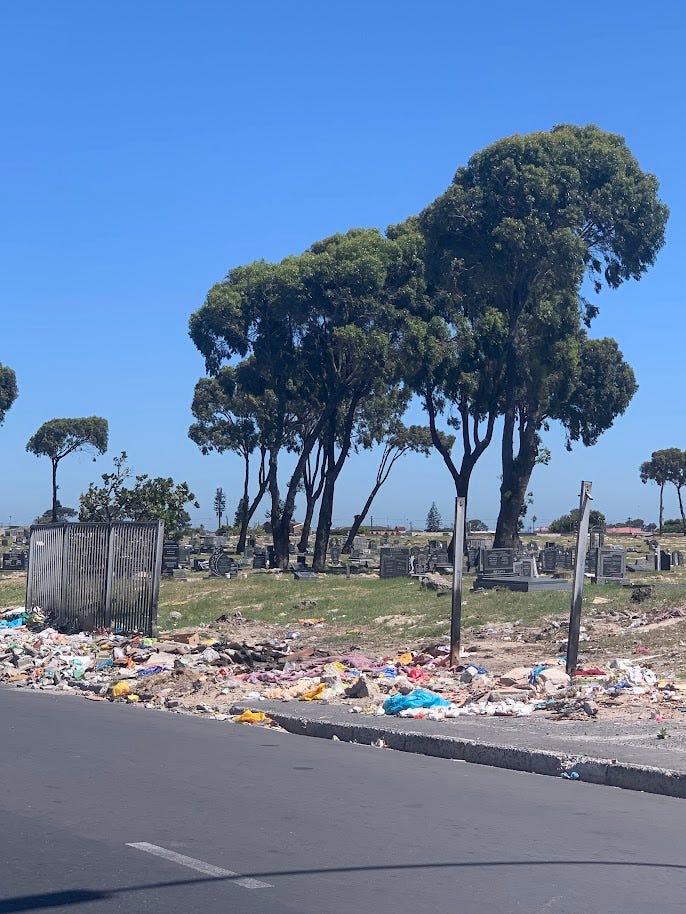During the lockdown, I read about a concept of “placelessness”. The idea that working remotely, from the isolation of our homes, detached us from a “sense of place” - the emotive attachment, bonds and relationships we have to our environment.
Perhaps the opposite was true for some of us, forced to spend more time than ever in one community? With rolling crisis of Covid, unrest, loadshedding… some decided to connect in even deeper ways with their environment and roll up their sleeves.
We’ve all seen it - the waste piled up high on the street corner, in the park, outside the clinic. Followed by the “why can’t they just clean up…”
The reasons for these piles of waste is a lot less about morality and more about systems - informal settlements have scant waste collection; and households have one wheelie bin collected per week (if they’re in a “well run” municipality), regardless of how many people live on that erf. Several generations of family, or a few backyard rentals can quickly exceed that capacity. Where does the excess go? Well, it quickly finds its way to dumping areas, and once a few people dump, human behavior dictates the rest.
While there are attempts at rolling out additional bins, and pilots to “(b)innovate”, the problem is affecting all of our metros. New waste strategies, that recognize informality, and larger household sides, ability to pay and the full lifecycle of waste production, sorting, recycling and landfilling are needed.
As for the day to day, for years urban policy makers have grappled with the question of urban management in lower income communities - I’ve often heard the question “what does a “CID-lite” look like?”. This is a short cut for: what do outsourced or privately run urban management teams, organisations, projects look like when there is a lower rate payers base and higher need? Place Heros
I am so hopeful entering 2023 after meeting two place heros last year. Both believed that a clean start was enough to deliver something better. By removing waste and replacing it with something better, the story changes - its no longer about the immorality of dumping, but about the delight of owning a beautiful space.
Siyabonga Stengana did this in over 40 places in Mbekweni, Paarl, by replacing waste with colourful planters, street furniture and art installations.
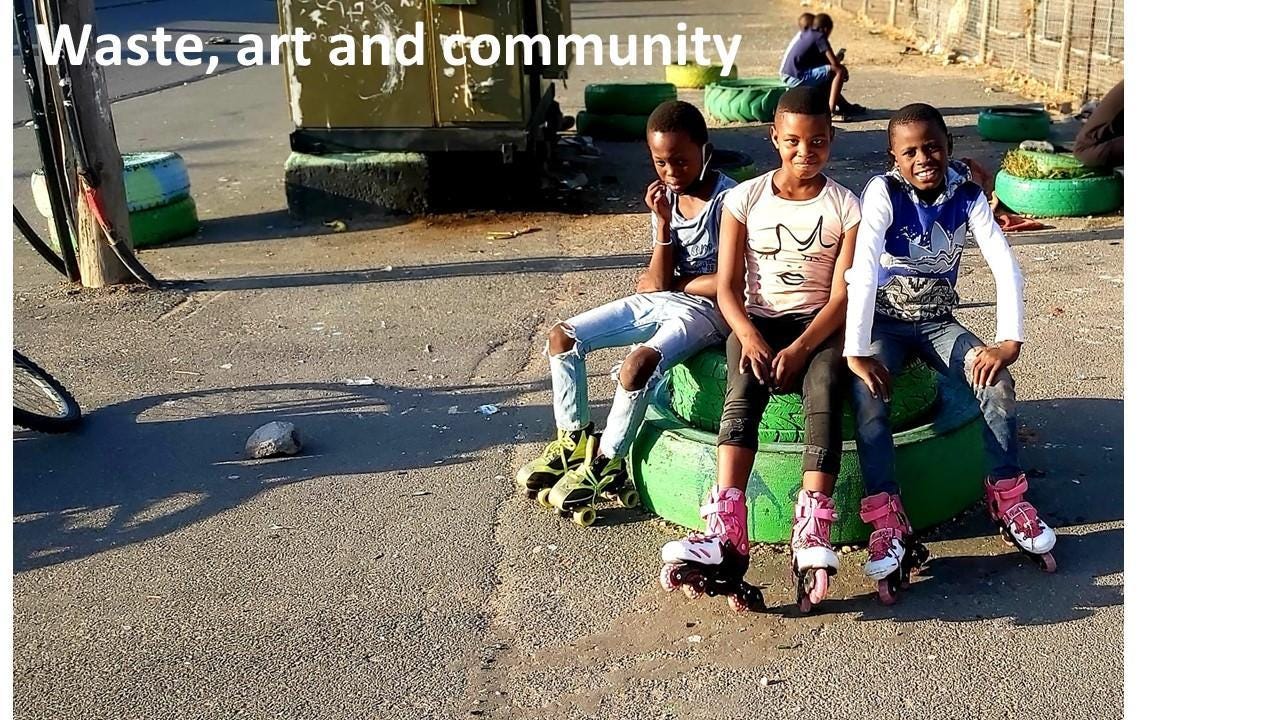
The Gugulethu Laneway Regeneration Project is a community-led initiative, championed by Xolile Ndzoyi, to revitalize a neglected laneways in the heart of Gugulethu, Cape Town. It has started with the proof of concept and “beacon of hope” - Ithemba Walkway.
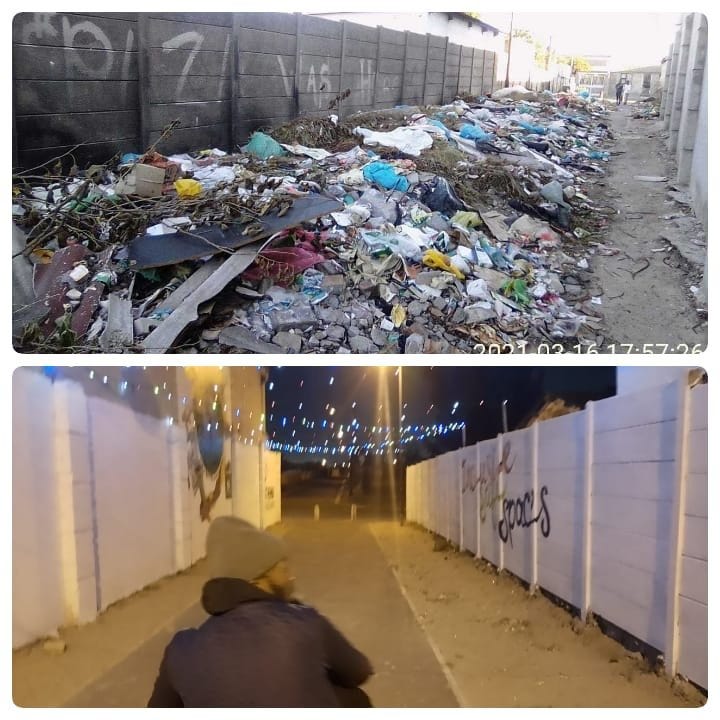
For years, excess household waste was being dumped in the areas Siyanbonga and Xolile work. This creates health hazards, creates “no-go” areas in historically tight knit communities, makes pathways to school, work, church etc dangerous, and affects directly neighbouring properties with rats and other pests, as well as fire risks. In both cases, diggers from their local municipalities (Drakenstein and Cape Town) were needed to assist with the initial clean ups.

These projects have the potential to inspire similar placemaking initiatives across South Africa. However, they come at personal cost - time, and resources. The work towards finding operational models for urban management that is equitable must continue, and must come with resourcing models.
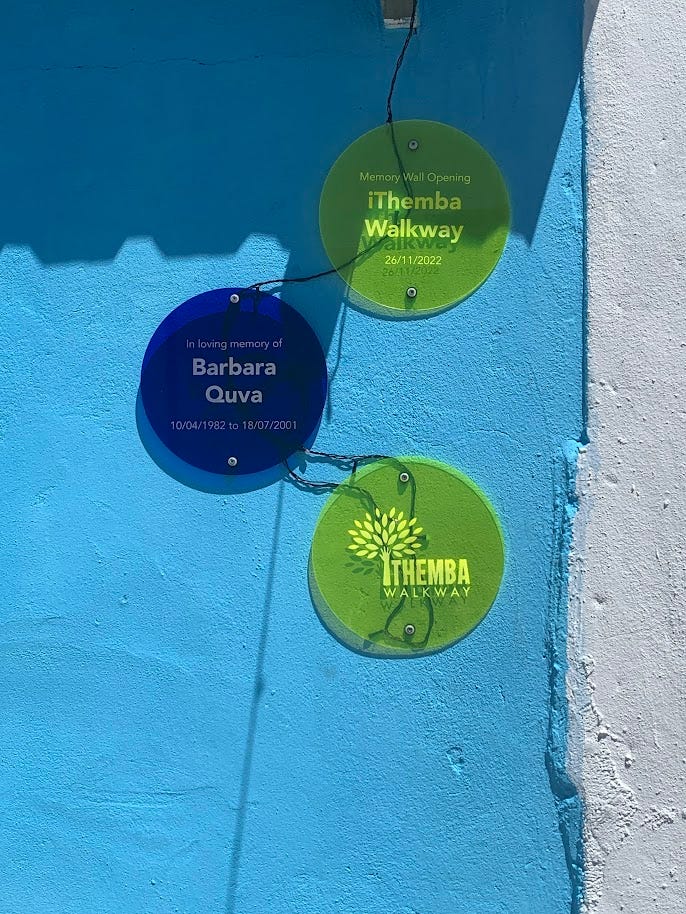
But as we do that, lets build with these heros. Their vision is of their place - they took waste collection and turned it into placemaking. Something more than any “CID-lite” structure could manage on its own.
Projects like these deserve our support. If you or an organisation you work with are able to contribute to materials, murals, planters, seating, wifi, or “adopt a space” in either of these communities please connect.
